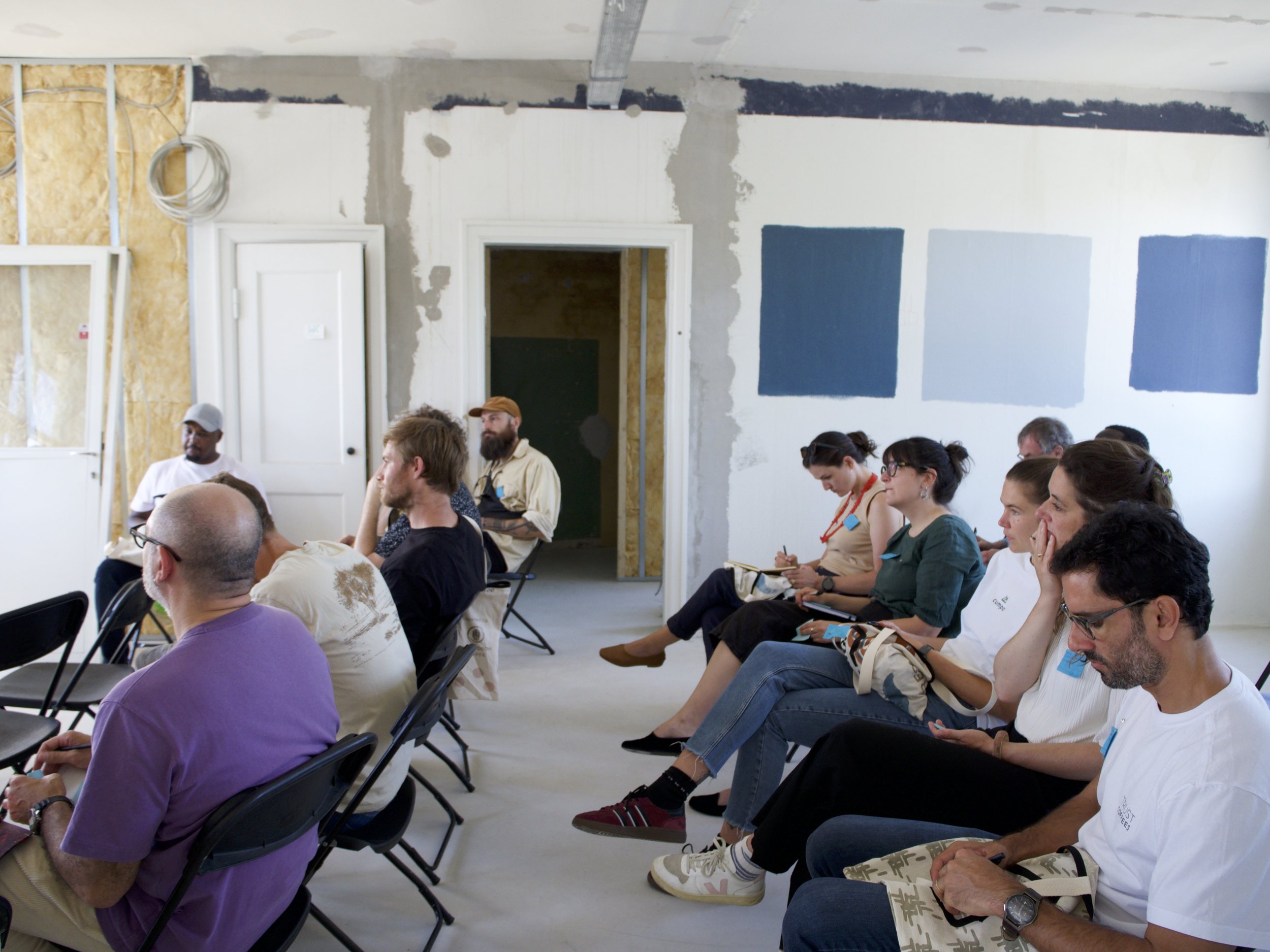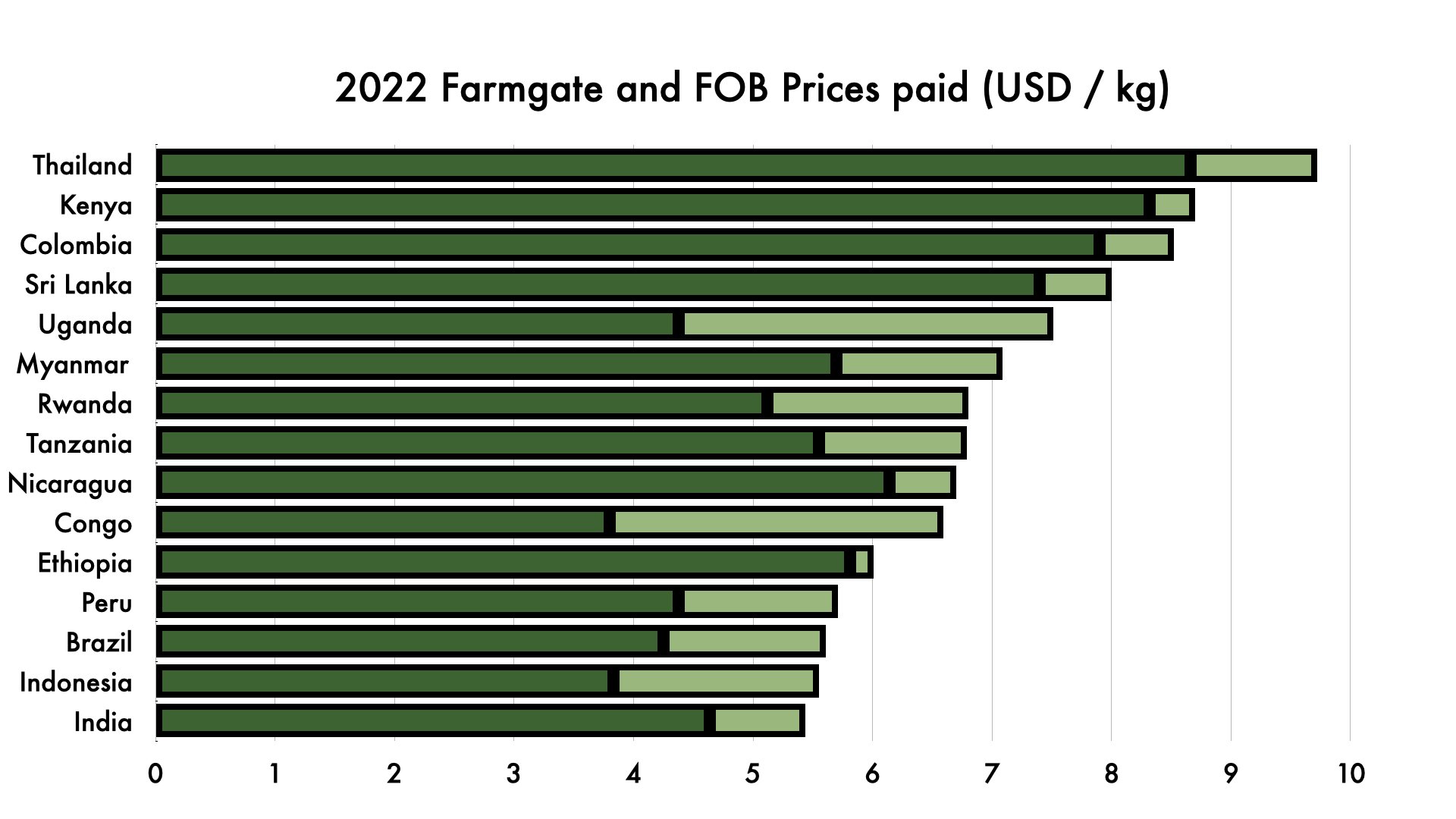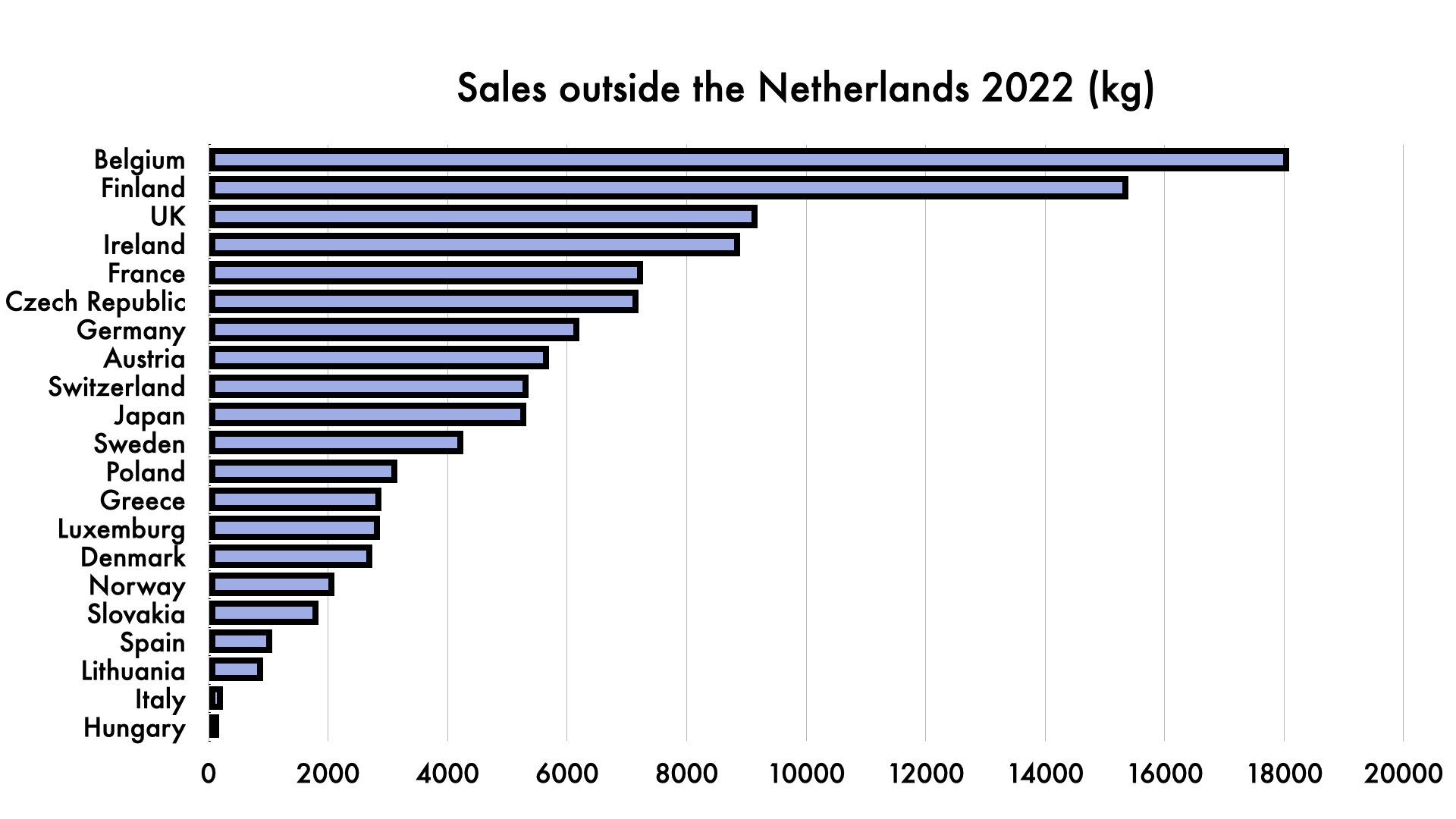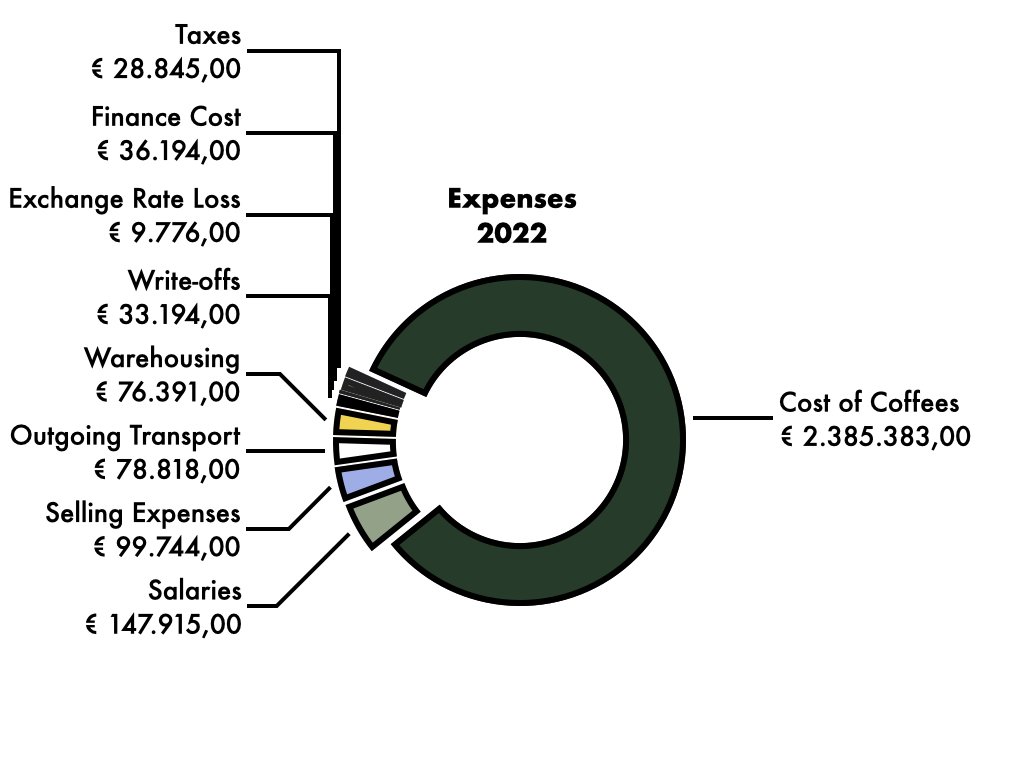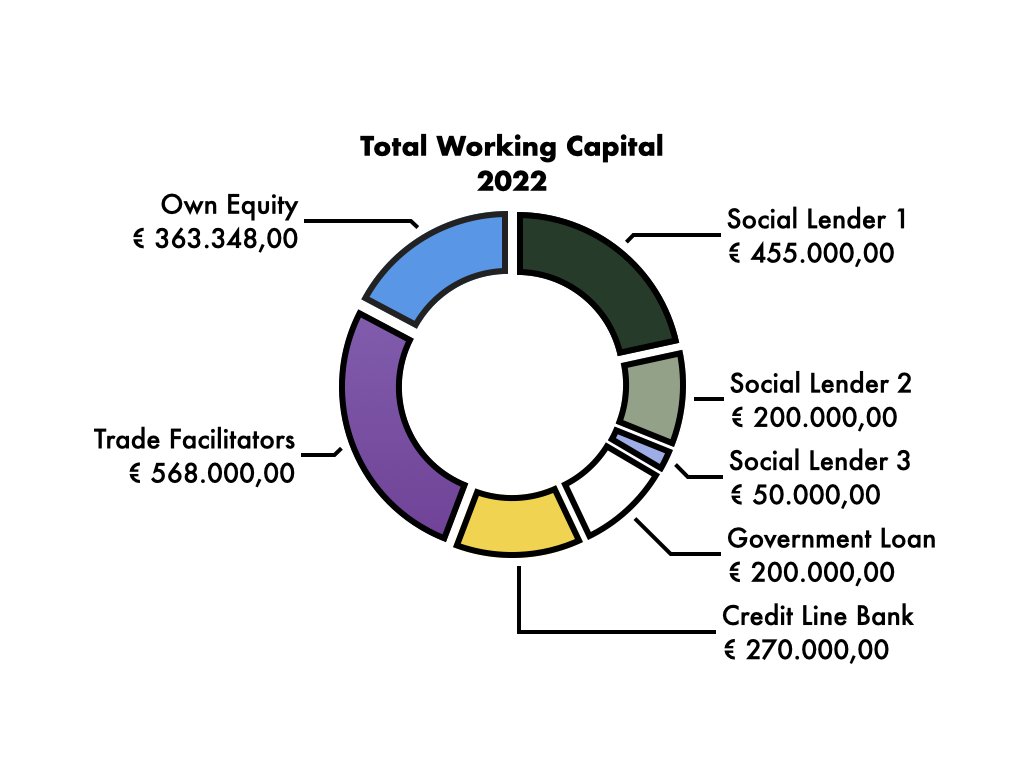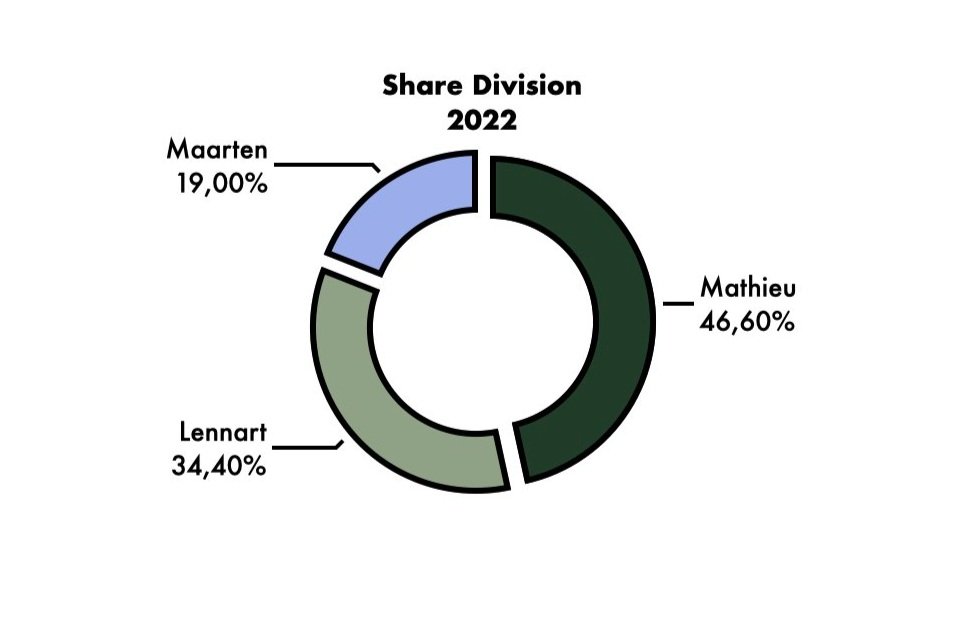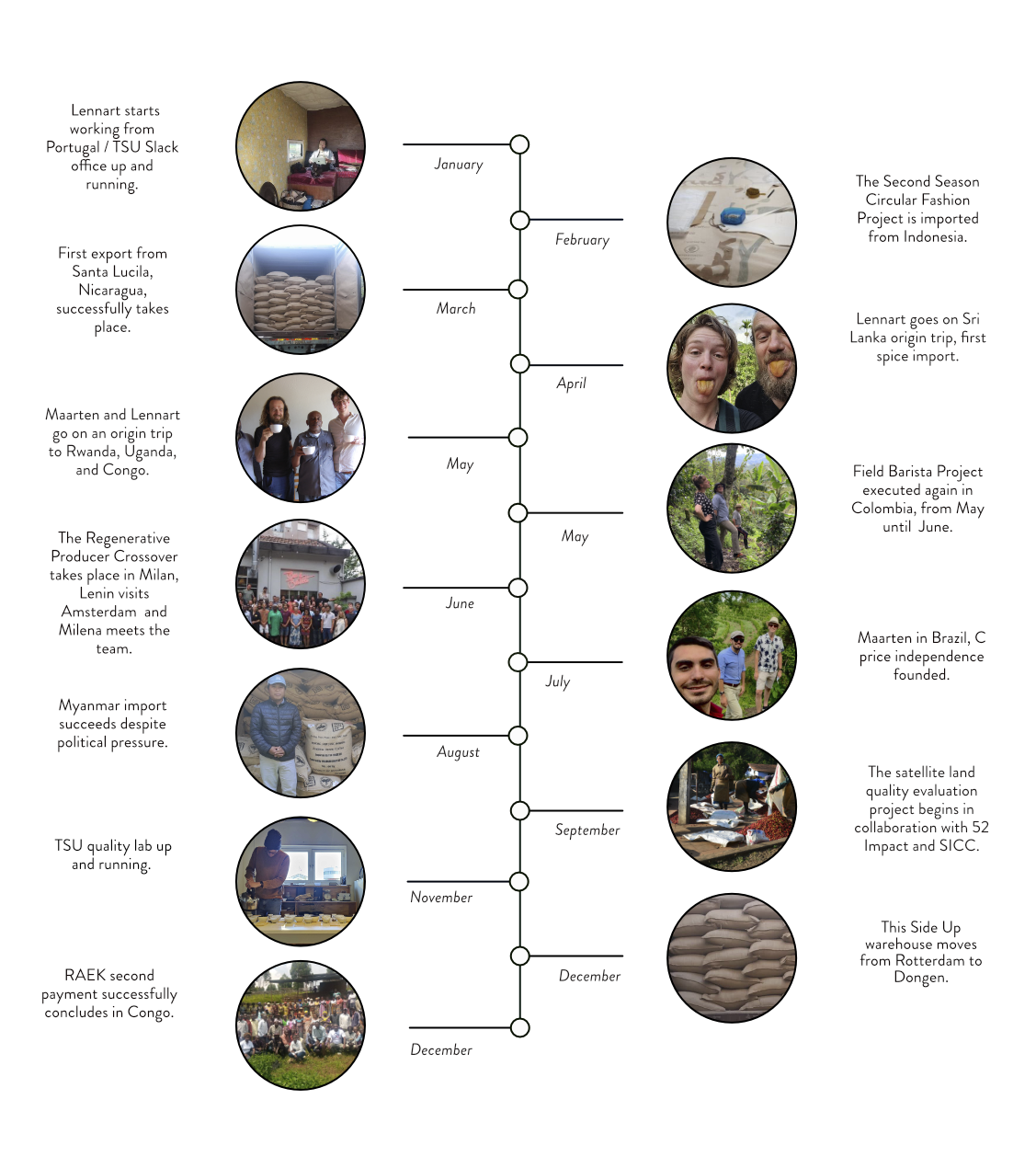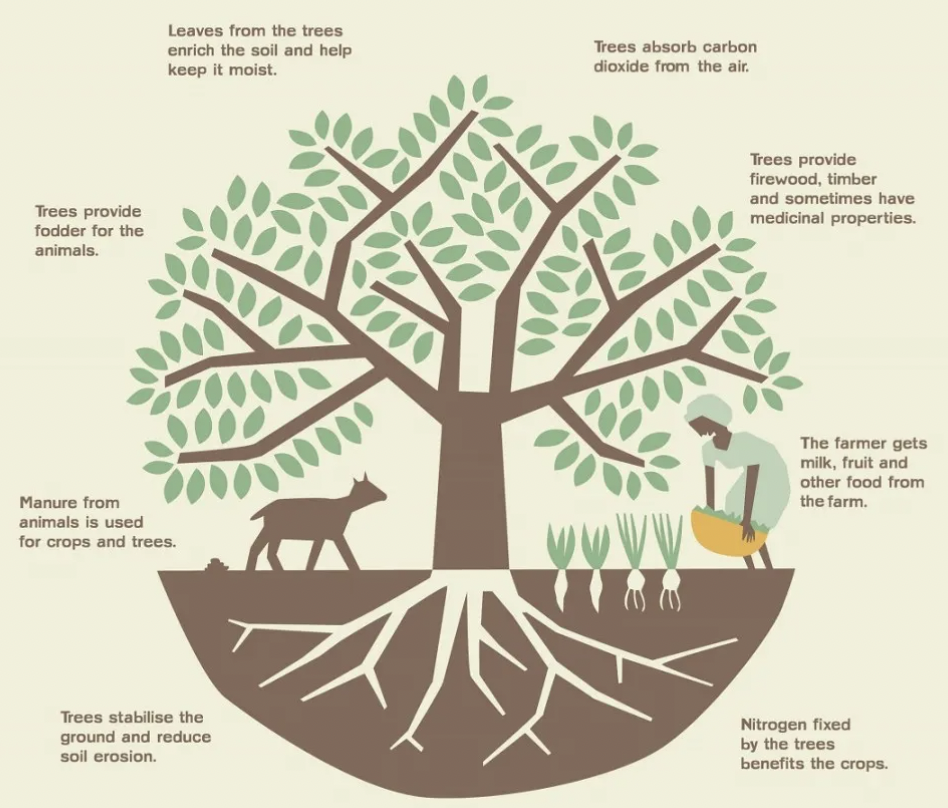Copenhagen, June 26th this year. Our bi-annual congregation of our producer and roaster community had a bold and clear goal: to shape our next ten years together. Ten years ago, we had a dream too - to make direct trade possible for roasters of any shape and size. And it’s come true in ways beyond our imagination. Somehow it was revolutionary to open up value chains completely, and the connections that entered these chains left right and center formed a community of not just roasters and growers, but development and government agents, facilitators, designers, artists, bankers and fans who have formed under an umbrella of such a simple vision that we are often puzzled that it’s not the norm yet: to forget the strange rules under which coffee normally operates, disregard the strange structures that emerged to replace real conversations and real faces - and just be nice, be honest, be human to everyone we rely on to make our businesses thrive.
So now, ten years later, with our community all together, hosted by our old friend Francesco Impallomeni at Nordic Roasting Co, we asked them to guide our next decade together. How can we expand what we did up to today to amplify our dream not just in specialty, but in the whole coffee world? What would an ideal coffee world even look like? We framed the question along the two basic drivers of future behaviour - fear and trust. What would the coffee world look like in ten years if fear would be the dominant emotion, and what if trust would guide the future? Fear leads to ever more complex structures of mistrust, control, greed - and the domination of people and of natural resources. We are well on our way to this future today, but the secret is of course that the way to the second future is through confronting our fears, because in them lie the seeds of the opportunities to turn them around. When we know our main fears as a value chain community, we can use our unique talents and privileges to make a new, shared dream come true.
The Morning : Fear and Trust
Concretely, we started by asking what everyone’s biggest fear is around the future of three parts of the value chain: coffee farming, trade and roasting. Climate change won most votes in the realm of farming, but can you guess the crowd’s greatest fear around both trade and roasting? Market consolidation. Of all the grave issues out there, and all across the value chain, we are most afraid of ever larger and centralised companies acquiring too much power and dictating all the rules of the trade.
We spent the morning brainstorming over possible solutions, in groups divided into Producers, Traders and Roasters. The The solutions of the one group were then presented to the next group so they could think of how to support them. Producers looked into how they could use their unique talents and privilege to tackle climate change (their main fear), and then roasters were asked to think about how they could support them in their solutions. Traders made solutions to counter Big Coffee’s power and roasters were asked how to support them. Roasters’ main fear was also market consolidation, but we chose their second fear of how they could keep adding value long term as their brainstorm topic. Producers were then asked to review their solutions and see how they could support them. What we achieved was that the crowd got used to thinking with, for and as each other, and to reaching out to less likely parts of the value chain. Most importantly, the morning was a safe space to be vulnerable about our fears and at the same time step out of our daily realities to think about how to solve each others’ problems. The information and insights acquired were numerous and have already started guiding our future in many ways - too many for the scope of this post. For anyone interested, here is a link to the raw data that was collected through these focus groups (Miro board, work in progress).
Interestingly, It turns out that since 2023, we have been working on exactly a solution that addresses our community’s main fear, we just didn’t see how significant it was until the Crossover. Ease of access to cheap money is simply the main strength that corporates have over us, so what we need is a common supply of “good” capital that can counter the power of the banks and traders - or at least that allows us to grow steadily without the possibility of being bought or brought to our knees financially looming over our shoulders constantly. More, much more about this topic later…
The Afternoon : The Chinese Box
The next thing we wanted to do is test the fear / trust switch within our value chains in real time. In the morning we proposed that to make an impact as a specialty coffee community, we need to stop thinking just about our own specialty bubble and start thinking of ways to come together and infiltrate the broader coffee drinker’s world with specialty coffee values.
With a small macro-economic introduction by Karl Wienhold about the concentration of power with large roasters, we posited that solutions and new ideas should be aimed at diffusing this centralised power. One way to diffuse this power is to move the act of roasting for non-specialty to origin, but another way would be to move it onward to the consumer. I then grabbed a small box with Chinese letters on it and opened it - it was a very simple but skilfully made drum roaster from China, without airflow, only with an adjustable heat lamp under the glass drum and adjustable drum speed. Most participants at this point looked around and asked themselves if this is really what we are going to talk about all afternoon. Although our team had thought a lot about this topic at this point, we made a conscious choice not to try to convince anyone of how such a cheap but decent roaster could be an opportunity, but rather wanted to capture everyone’s first thoughts and emotions. Five months later, we can give some more context though.
It is often forgotten that little over a century ago, home roasting was the norm for many coffee drinkers. Not just for Ethiopians, but for households across Europe and North America outside of café culture. It was common for streets to be filled with the scent of freshly roasted coffee, and there was pride in making a decent roast. Not the kind of pride that professionals have, but the kind that I suppose Italian grandmothers have about making their staple dishes. Their family tradition, their own little twist. Nowadays though, the specialty market associates home roasting with coffee fanatics with money and time to spare. A weird little niche that is more of a nuisance to importers than anything to take seriously….
But what if the price of a roasting machine would plunge from between 600 and 4000 euro to between 100 (stovetop version) to 150 (electric version) euro? Interestingly, this was the original mission of the IKAWA Smart Home Coffee Roaster System- to make a machine that families would have in their kitchen, and a marketplace of small bags of greens traceable to the individual farm. The problem was that they could not get the price down for such a complex machine to a level that could appeal to non-connaisseurs… or perhaps the time wasn’t right. But for 100 to 150 euro, could we recapture that lost market segment from a few generations ago in a modern world? People who care about coffee and good values, cannot afford or are unwilling to pay specialty prices, but are prepared to spend 2 hours every two weeks to roast their coffee, explore and roast a wide variety of single origin greens that, with a little training, taste better than anything available at the supermarket, but for the same price?
Without concerted effort between the whole value chain, for sure the answer would be no. And as of today, no one is pushing a home roasting chain collaboration because the tiny perceived scale for individual stakeholders - and perhaps because of fears many didn’t even know they had. In our groups, we detected a sometimes rigid, almost technocratic perception of quality - there were looming fears in the room of the degradation of the craft of coffee roasting if home roasting caught on…
But by moving from our fears to viewing this Chinese box through the lens of opportunity, interesting discussions emerged in all three mixed groups. Outright dismissiveness in some cases transformed to bold ideas and out of the box thinking. Our Kenyan and Tanzanian partners proposed to provide such a machine to local hotels, bars, offices, communities and sell their greens to them - today you can usually only get instant coffee there. Specialty roasters might at first think they’d be sidelined, but most who can afford specialty coffee don’t have time to roast and more importantly, in terms of quality and price, this new segment would compete with the supermarket, not them - In that sense, beans roasted by a noob but sourced traceably are better for the world than anything the supermarket could offer. Also, most importers don’t have the time or resources to cater to home roasters with requests of 1 or 5 kilos of greens - roasters on the other hand would not only have the greens and the small packages handy, but would finally have a chance to explain basic roasting to a customer audience who will likely have more respect for the intricacies of their craft. And if they really want the good stuff, craft roasted coffees would now be more visible to a market segment that would otherwise never notice them. For importers, a thriving home roasting segment would mean an outlet for the dreaded “85”s, the coffees that cost as much as an 87 point coffee to produce but are worth as much as an 83 to roasters. For the home roaster who wants traceability but not the highest quality, these beans are perfect.
Our Conclusions
Even if we never embrace low entry home roasting, we thought it was a great test case to look at some important quirks in the specialty coffee business - if nothing else, we brought to the surface that a rigid attitude towards quality could severely limit the scale of our global endeavour. As Coffee Intelligence states, quality is much more than what the experts tell people it is. Hence, we ended the day by stating once again that if we want change, we need to look beyond the small playing field in which we operate today and start using our collective creativity to do radically new things and learn to speak to a broader or different consumer base. If there is one thing that Big Coffee understands, it’s how to play into the sensitivities, desires and impulses of the average consumer. Yet in an age of AI and algorithm driven data, there will be more and more people looking for genuine stories, true connections, authenticity, and might perhaps even give up some convenience.
We are confident that chain-wide collaborations of any sort, based on trust and solidified through time, can undermine the centralised power of Big Coffee, which our community overwhelmingly pointed to as their main fear for the future. If last decade was about the journey to know everyone in the value chain, the next decade will test what we do with these relationships. We are ready now to move to creating a deeper, active sense of trust, one that guides us in creatively tackling our wicked problems together.
This was exactly what the rest of the beautiful and sunny Scandinavian day was spent on: being together. Talking and bonding over pizza and beers until the sun set on one of the longest days of the year. It was a joy to occasionally stand back and observe the laughs, the smiles, the unlikely introductions and the deep connections that this event generates every time. It’s in these personal and genuine interactions that true value chains are forged, and where we get a glimpse of a coffee future in which trust, not fear, sets the stage.


















